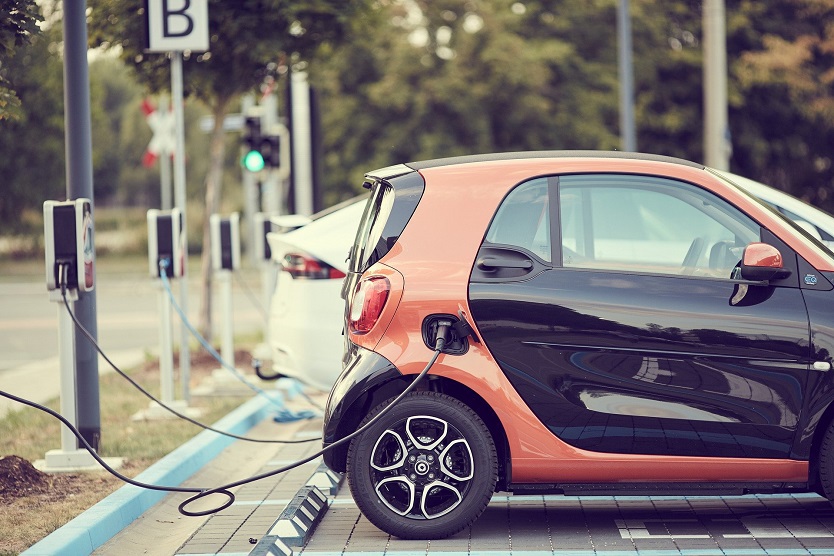
A revolutionary new battery called SALD has been developed which will enable e-cars to operate at three times the range of current models and can be charged five times faster.
Manufacturers of electric vehicles are always looking for ways to improve battery life and battery charging times. Now thanks to an international effort, a revolutionary new battery called SALD (“Spatial Atom Layer Deposition") has been developed which will enable e-cars to operate at three times the range of current models and can be charged five times faster.
SALD has been developed by two Fraunhofer institutes working alongside the Dutch public research institute TNO, using a patented process for applying layers of a functional material as thin as an atom. The nanocoating creates a so-called “Artificial Solid Electrolyte Interphase” (A-SEI), which significantly increases the flow of electrons and the performance of the battery.
“As a result, an e-car will be able to drive well over 1,000 kilometres with smaller batteries or even over 2,000 kilometres with larger battery packs in the future without recharging,” says Frank Verhage, CEO of SALD B.V., a joint-venture company based in Eindhoven which was set up to market the technology, in a press release. “Even in the worst case scenario, the battery will still have at least 20 to 30 percent residual charge after 1,000 kilometres when driving in a sporty, dynamic style and with air conditioning or heating.”
SALD works with all common cathode materials as well as the type of battery system Tesla boss Elon Musk unveiled at the Battery Day in September 2020. The new technology could be used in a variety of applications including smartphones, which would only need to be charged once a week.
SALD is equipped to produce small series of the battery but it will not be ready for industrial roll-out until 2022/23. “We are in close contact with almost all major battery manufacturers in order to bring the industrial potential of our technology to bear,” says Verhage.


